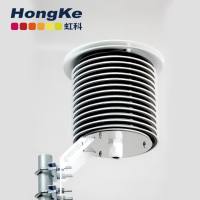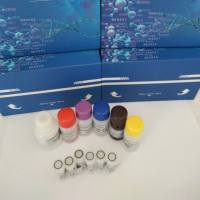The Comet Assay: Principles, Applications, and Limitations
互联网
583
Over the past decade, the comet assay, or single cell gel electrophoresis (SCGE) has become one of the standard methods for assessing DNA damage, with applications in genototoxicity testing, human biomonitoring and molecular epidemiology, ecotoxicology, as well as fundamental research in DNA damage and repair. The assay attracts adherents by its simplicity, sensitivity, versatility, speed and economy, and the number of publications it spawns rises each year. It is sometimes used without too much thought as to how it works or what sort of information it provides; the fact that it is so successful at demonstrating DNA damage is enough to justify its use. This is a shame, as it is capable of subtle manipulation to tell us not just how much damage is present in cells, but what form it takes. Although it is essentially a method for measuring DNA breaks, the introduction of lesion-specific endonucleases allows detection of, for example, UV-induced pyrimidine dimers, oxidized bases and alkylation damage.









